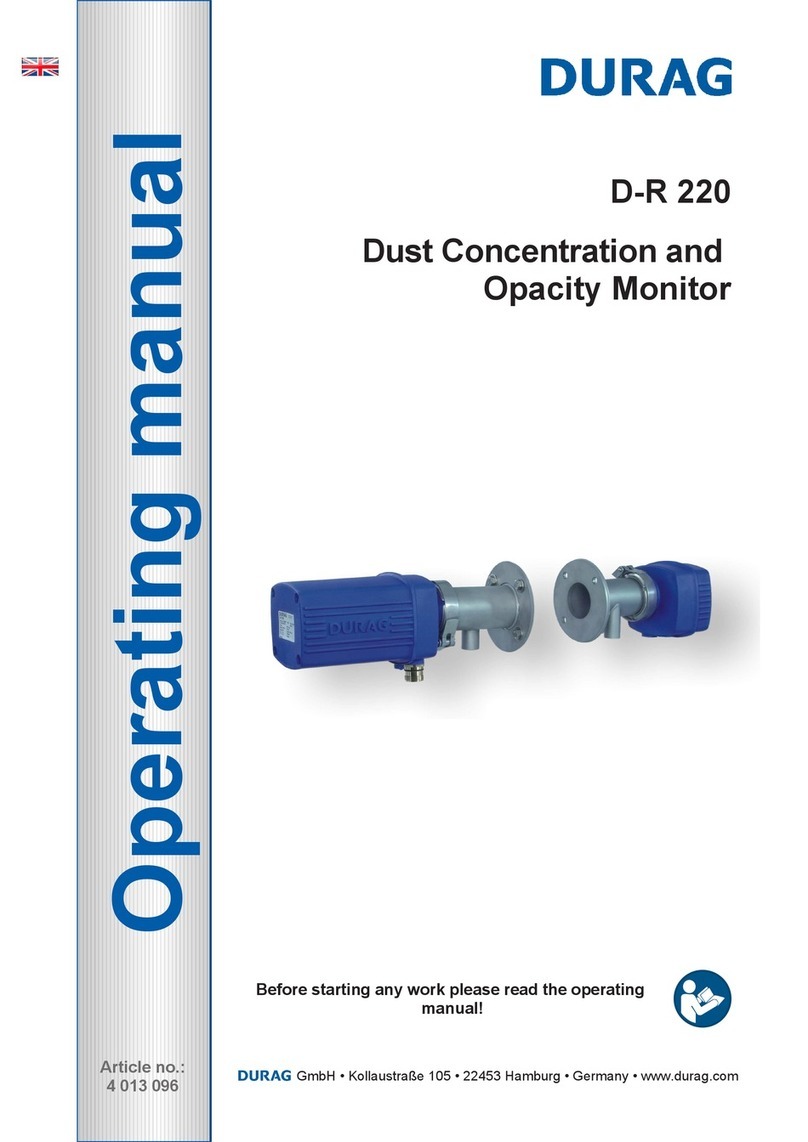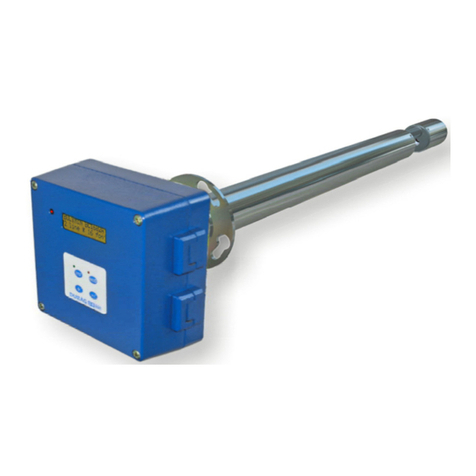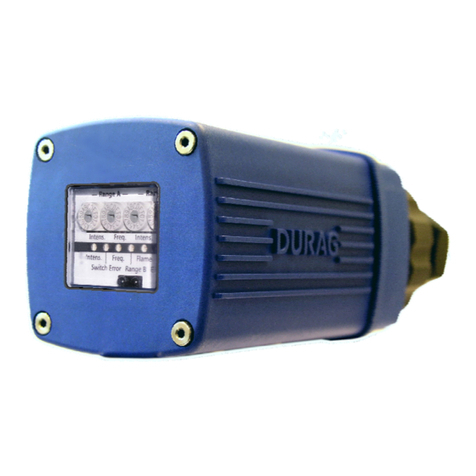
Contents
4HM-1400 TRX 2
5.5.3 Signal lines........................................................................................................................36
5.5.4 Exhaust gas .....................................................................................................................36
5.5.5 Condensate.......................................................................................................................36
5.6 Using the chemicals necessary for operation ...................................................................36
5.7 Commissioning with preset parameters............................................................................37
5.8 Preparation for operation phase .......................................................................................37
5.9 Measuring mode ...............................................................................................................38
5.10 Decommissioning, storage, disassembly..........................................................................38
5.10.1 Decommissioning..............................................................................................................38
5.10.2 Storage .............................................................................................................................38
5.10.3 Dismantling .......................................................................................................................39
5.10.4 Disposal ............................................................................................................................40
6 Operation 41
6.1 The terminal ......................................................................................................................41
6.2 Basic rules for operation ...................................................................................................42
6.3 Measured values and system structure menu ..................................................................44
6.4 System messages.............................................................................................................46
6.5 Password protection .........................................................................................................47
6.6 Main menu ........................................................................................................................48
6.6.1 "Control room signals" menu (11, …, 14) .........................................................................49
6.6.2 "Functions" Menu (21, …, 24)...........................................................................................49
6.6.2.1 "Start, adjustment" menu (211, …, 214) ...........................................................................50
6.6.2.2 "Reactor, pump, valves" Menu (221, …, 224)...................................................................51
6.6.2.3 "Optional" menu (231, …, 233) .........................................................................................53
6.6.2.4 "Validation" Menu (241, …, 246).......................................................................................54
6.6.3 "Settings" Menu (31, …, 34) .............................................................................................56
6.6.3.1 "User" menu (311…314)...................................................................................................57
6.6.3.2 "Language" menu (341, …, 347) ......................................................................................61
6.6.4 "Status" Menu (41, …, 46) ................................................................................................61
7 Verification of the measuring system 63
7.1 Connecting an external reference gas generator..............................................................63
7.2 Testing the HM-1400TRX2 with the external test gas generator TR-81 (optional) .........64
7.3 Adjusting the HM-1400TRX2 with the internal reference gas generator.........................67
8 Maintenance 70
8.1 Notes on cleaning .............................................................................................................71
9 Technical data 73
10 Dimensioned drawings 75
11 Messages/fault elimination 80
11.1 Monitored parameters and error messages in plain text...................................................80
11.2 Causes of errors and their rectification .............................................................................81
12 Parameter list (device parameters in delivered condition) 87
13 Index 93






























